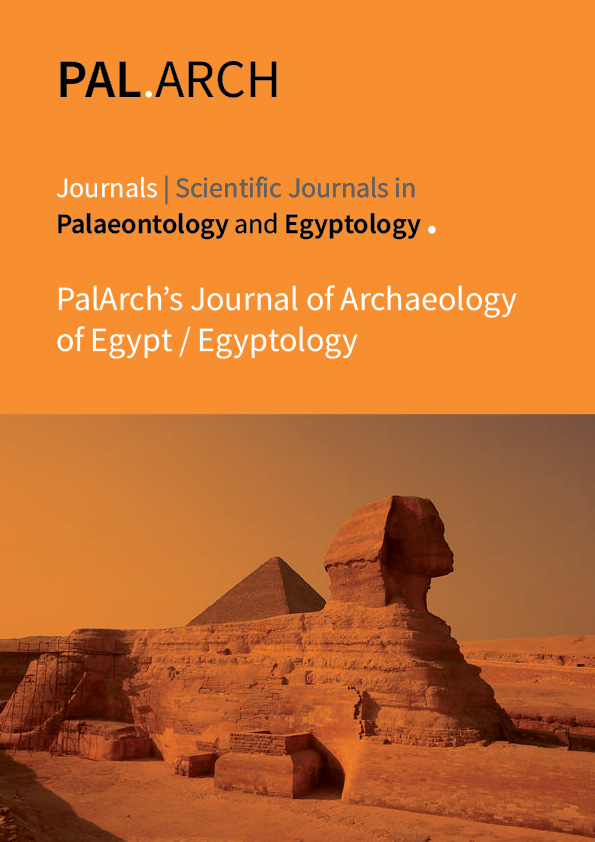THE CULTURAL WORLD OF RIGOBERTA MENCHU AN INDIAN WOAMN IN GUATEMALA
Abstract
Indigenous Peoples are distinct social and cultural groups. They are not tainted by the polluting effects modern destructive science and its harmful innovations. They share collective ancestral ties to the lands and natural resources. They are the guardians of this aged mother Earth and her treasures. Their lives are inextricably intertwined with the sustainable use of precious non renewable resources of the natural world. A global survey by the World Bank sates there are approximately 476 million Indigenous Peoples worldwide, in over 90 countries. They make up over 6 percent of the global population but account for about 15 percent of the extreme poor. They are marginalised, exploited and driven to the edges of the society by the resource hungry corporate cultures.
Though the indigenous people are guardians of world’s ancient eco-friendly practices they are often denied formal recognition over their lands, territories and natural resources. They are victims of multiple social, economic, political and corporate injustices and barred from sharing the power decision making, Their practices tell us how to enjoy natural resources at the same time preserve them to mitigate, reduce climate and disaster risks. It is very unwise and harmful if efforts are taken to cleanse them in the name of growth and cultural assimilation.
This paper titled “THE CULTURAL WORLD OF RIGOBERTA MENCHU: an Indian Woman in Guatemala focuses on the simple yet noble life style of the indigenous people. The testimonio of the acclaimed Nobel laureate Rigoberta Menchu Tum is a narrative to be read and remembered. The testimonio is analysed to understand the glorious yet simple and sustainable practices of indigenous culture.



